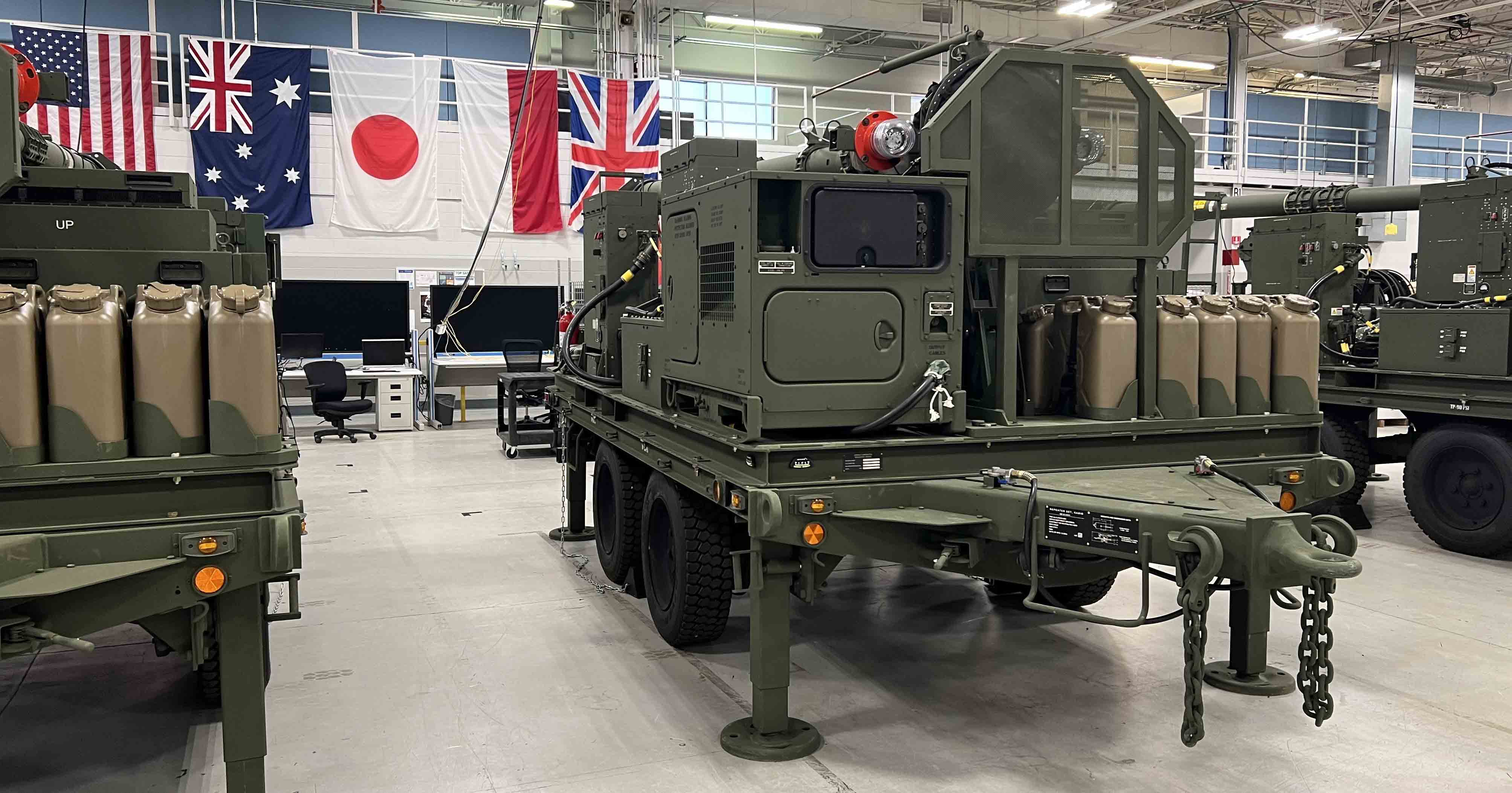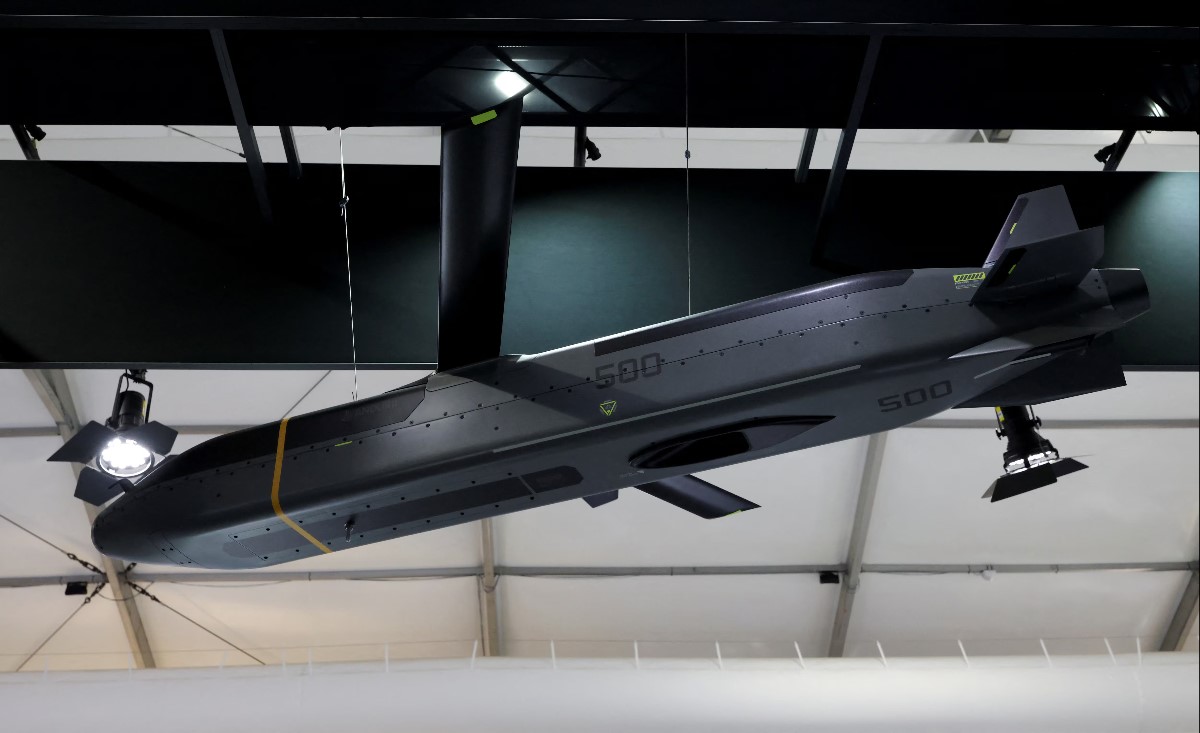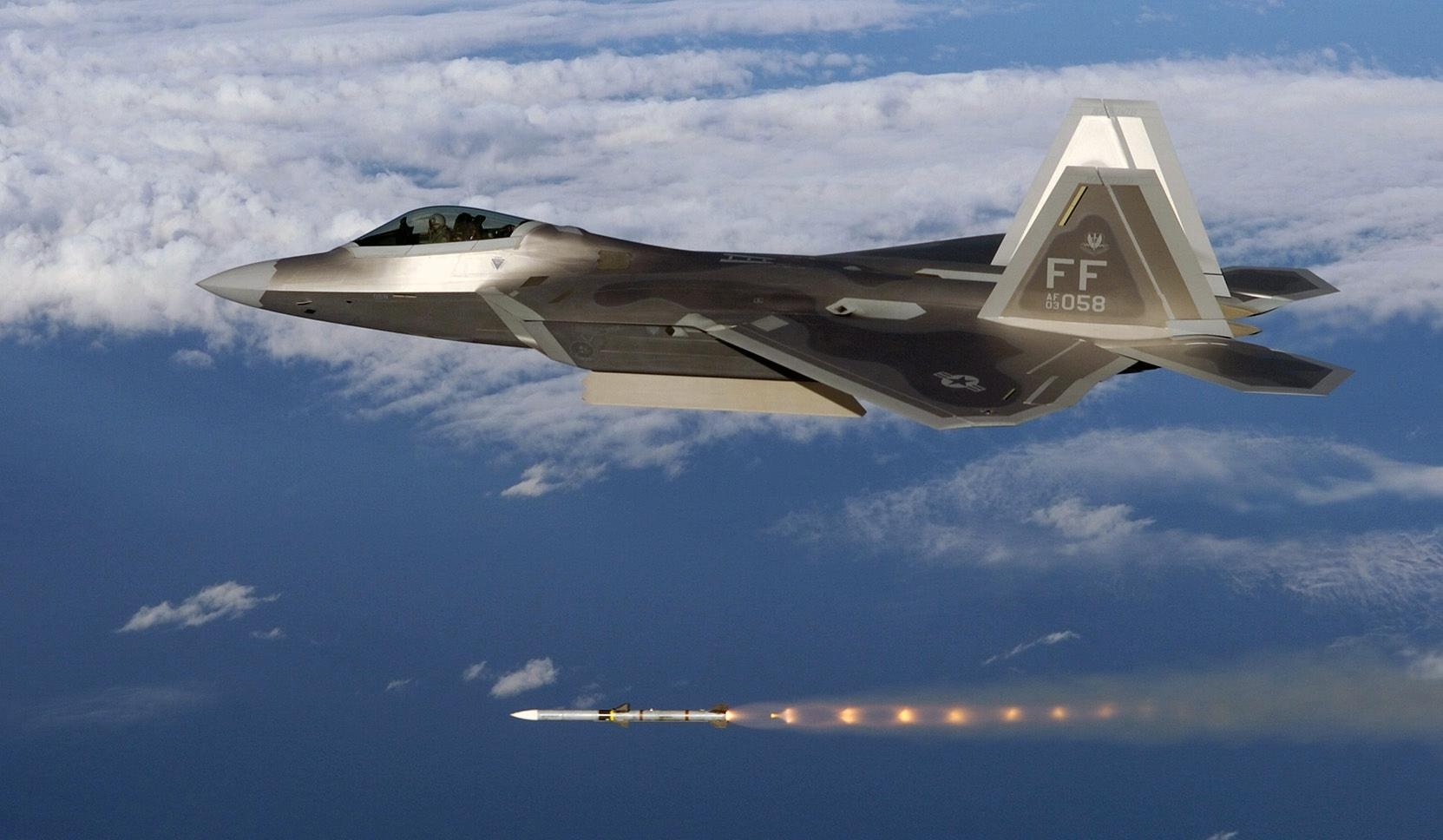Northrop Pushes Battle Command Tool to a Missile-Defense Hungry Europe

In the race among European nations to acquire interceptors, launchers, and radars for missile defense, U.S. contractor Northrop Grumman is strategically positioning its Integrated Battle Command System (IBCS) software as a crucial element connecting various defense components. A recent event held by the company in Warsaw on November 16 aimed to solidify its position in Poland amid an impending change in government.
Following the victory of Poland opposition in last month general election, the right-wing Law and Justice party rule, marked by significant defense spending after Russia invasion of Ukraine, has been replaced by a coalition of center-right, liberal, and left-wing parties. As a new cabinet is expected to be sworn in by the year end, Northrop Grumman is actively seeking to maintain its foothold with the IBCS in Poland.
This political transition aligns with the evolving landscape of European missile defense initiatives, particularly under the European Sky Shield Initiative (ESSI), which includes 19 NATO member states. Northrop Grumman sees its software as a unifying force within this framework and aims for it to become a crucial element in Europe contribution to a NATO missile shield.
Bill Lamb, a senior program director at Northrop Grumman, emphasizes the importance of interoperability in addressing challenges faced by NATO and its allies. The IBCS, originally developed for the U.S. Army, is positioned as a solution to enhance coordination and control in the emerging missile defense architectures.
European interest in the IBCS has been on the rise, with German Air Force chief Lt. Gen. Ingo Gerhartz confirming Berlin exploration of the system. Poland has been actively involved in the acquisition of the IBCS, signing agreements with the United States in 2018 and receiving State Department approval for a follow-on deal in September, potentially valued at $4 billion.
Brig. Gen. Kazimierz Dynski, head of the Polish Armed Forces air and anti-missile defense force, highlighted the importance of an integrated air defense system in the context of their experiences during the conflict in Ukraine. The IBCS is seen as a crucial element in integrating Poland various air defense systems, including the Wisla mid-range system and short-range air defense components from different sources.



